Editor’s Key Takeaways: Mastering Indoor Photography in Low Light Conditions

- The blog focuses on taking indoor photographs under low light conditions, emphasising on key camera settings that help in enhancing photo quality.
- The author states that certain camera settings can reduce noise and blur associated with low light photography, making images sharper and clearer.
- First and foremost, the blog emphasises on choosing the right light for indoor photography. The author recommends positioning the subject near powerful artificial lights or natural light streaming through windows. If there is no strong light source, off-camera flash or speedlights can be used.
- The first setting recommendation is that the aperture must be widened to allow as much light as possible to fall on the camera sensor. The wider the aperture, the brighter the image will be. However, this will result in a limited depth of field, which the author suggests should be embraced.
- The author then advises to choose a slow shutter speed to let in more light. The ideal shutter speed for indoor photography is around 1/60s to 1/80s. The blog offers the reciprocal rule where shutter speed should align with the lens’s focal length for best results.
- The next setting discussed is the camera’s ISO. The higher the ISO, the brighter the image will be. However, a higher ISO will also lead to noise. The author recommends testing the camera at different ISO settings to find the optimal balance between light and noise.
- The final recommendation given is to use manual focus mode. Manual focus aids in achieving perfect focus when the automatic focus option struggles in low light conditions.
- Lastly, the author presents an FAQ summarising the best settings for indoor photography: a wide aperture (preferably at f/4, f/2.8 or greater), a shutter speed around 1/80s, and the highest acceptable ISO setting.
Capturing images indoors is difficult. Left on Auto mode, the low light levels will generally cause your camera to boost its ISO and/or lower its shutter speed, which inevitably leads to unpleasant noise and unwanted blur.
Fortunately, it is possible to take beautiful indoor shots, but you must choose the right settings to maximize sharpness, minimize noise, and get the effects you want.
While picking the best camera settings for indoor photography might sound intimidating, in this article, I break it all down for you based on my own experiences. I share my favorite settings, and I also discuss how you can use the light to take your indoor shots to the next level!
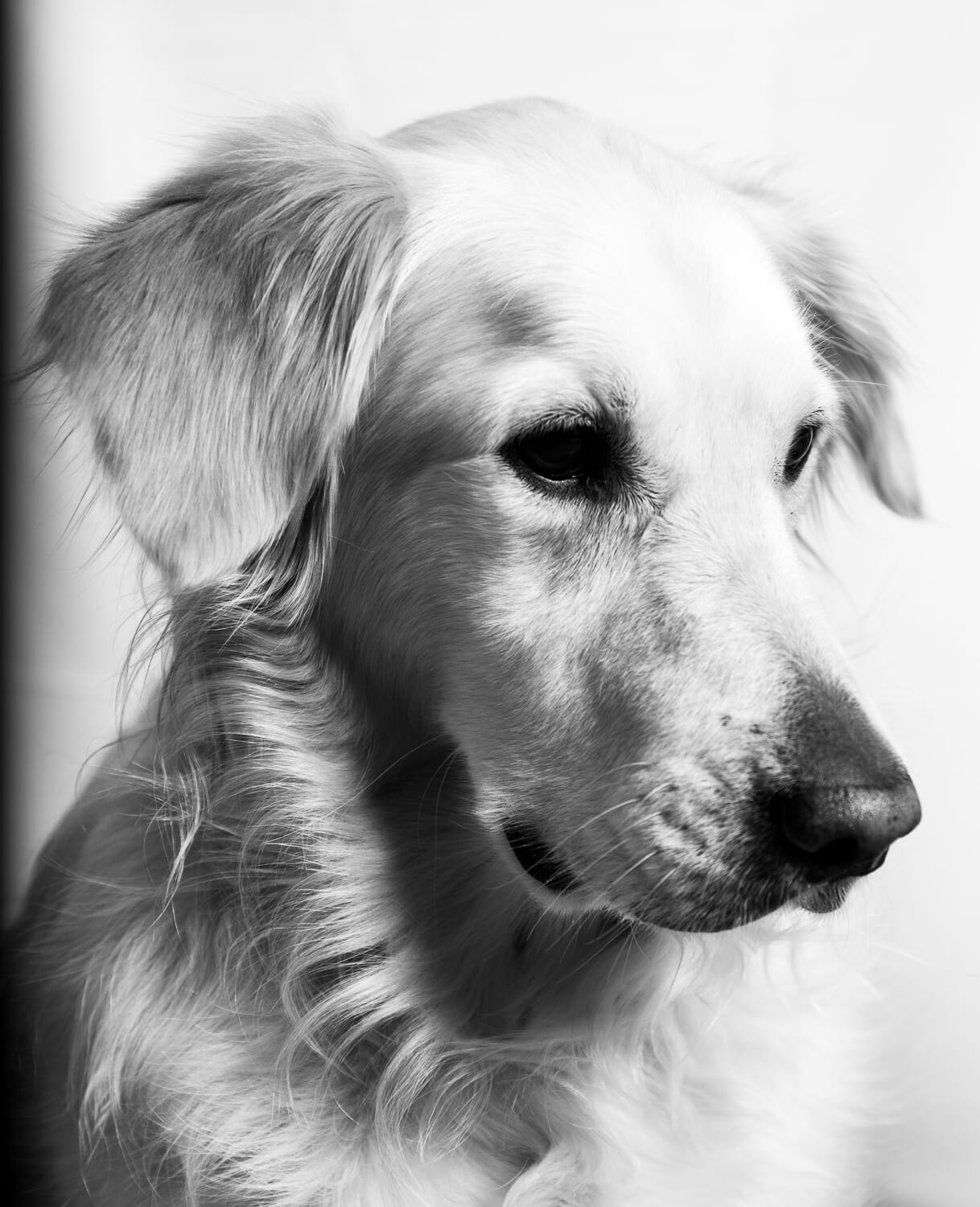
Table of Contents
Start by Choosing the Right Light
The biggest reason people struggle with indoor photography is the limited light. Indoor areas tend to be shadowy and dark even if they don’t seem that way – so if you try to shoot without carefully selecting your settings, you’ll end up with images that are blurry, dark, or noisy (and sometimes a combination of all three!).
Below, I discuss how you can adjust your settings for the best results, but it’s important to realize that picking the right settings is a lot easier if you start with the right light. In other words, before you start shooting, ask yourself: What types of illumination exist here?
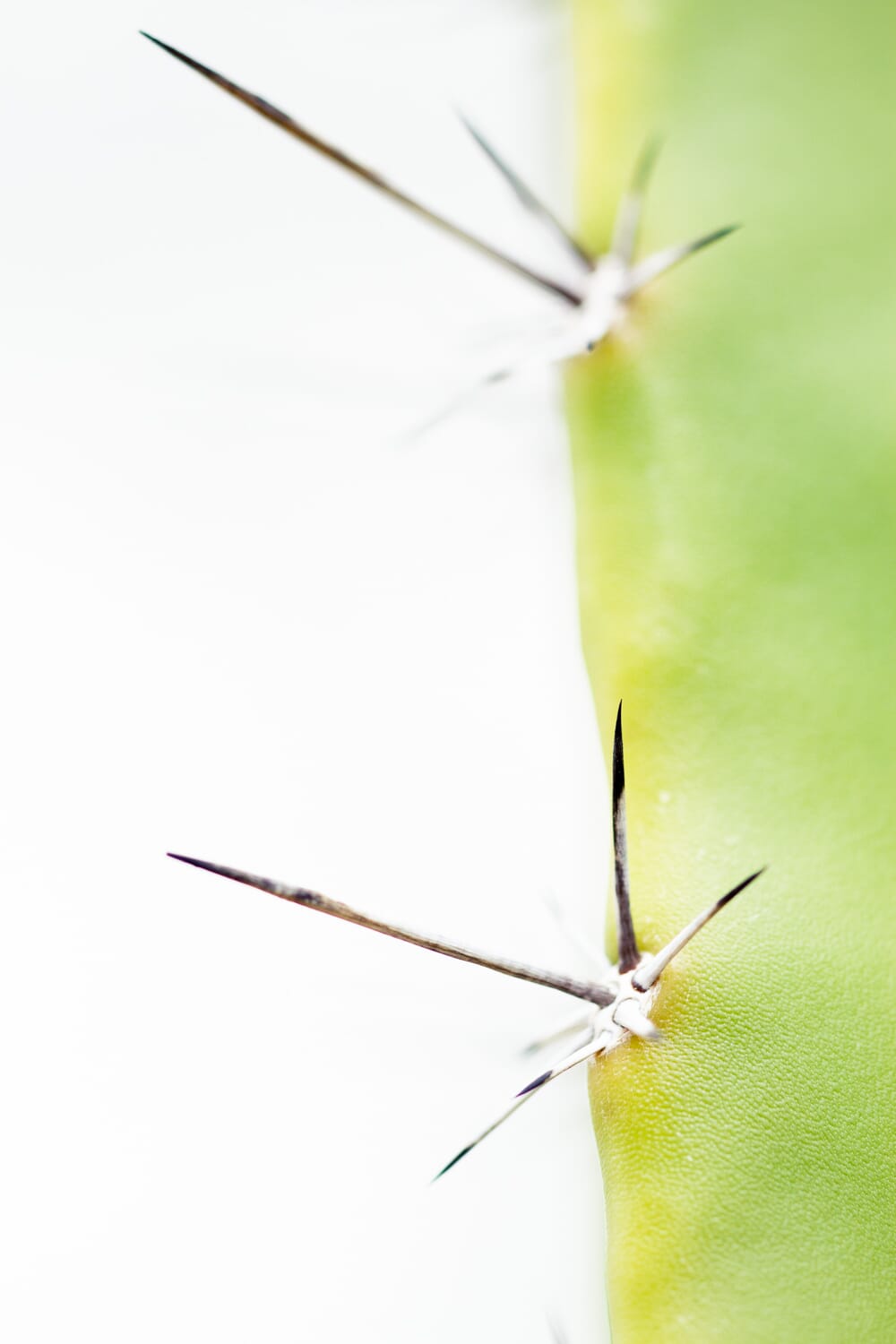
If there are any powerful artificial lights in the vicinity, I recommend moving your subject nearby. And if there is any nice natural light streaming through a window, I recommend bringing your subject over and letting the light fall into the frame.
Finally, if you don’t have any strong lighting where you’re shooting, you can always bring in one or two speedlights. While working with off-camera flash can be intimidating, it’s not as hard as you might think, and a couple of speedlights will boost the light intensity by a huge amount and give you plenty of illumination to work with!
The Best Settings for Indoor Photography
In this section, I offer specific settings recommendations that’ll essentially guarantee sharp shots in a wide array of indoor spaces.
1. Use a Wide Aperture to Let In as Much Light as Possible
Even if you’re working with strong window light or powerful artificial lights, you’ll often find yourself struggling to create images that are both bright and sharp. This is because indoor light is inherently weaker compared to outdoor light.
Therefore, it’s important to compensate by letting as much light hit your camera sensor as possible – which you can do by widening the lens aperture.
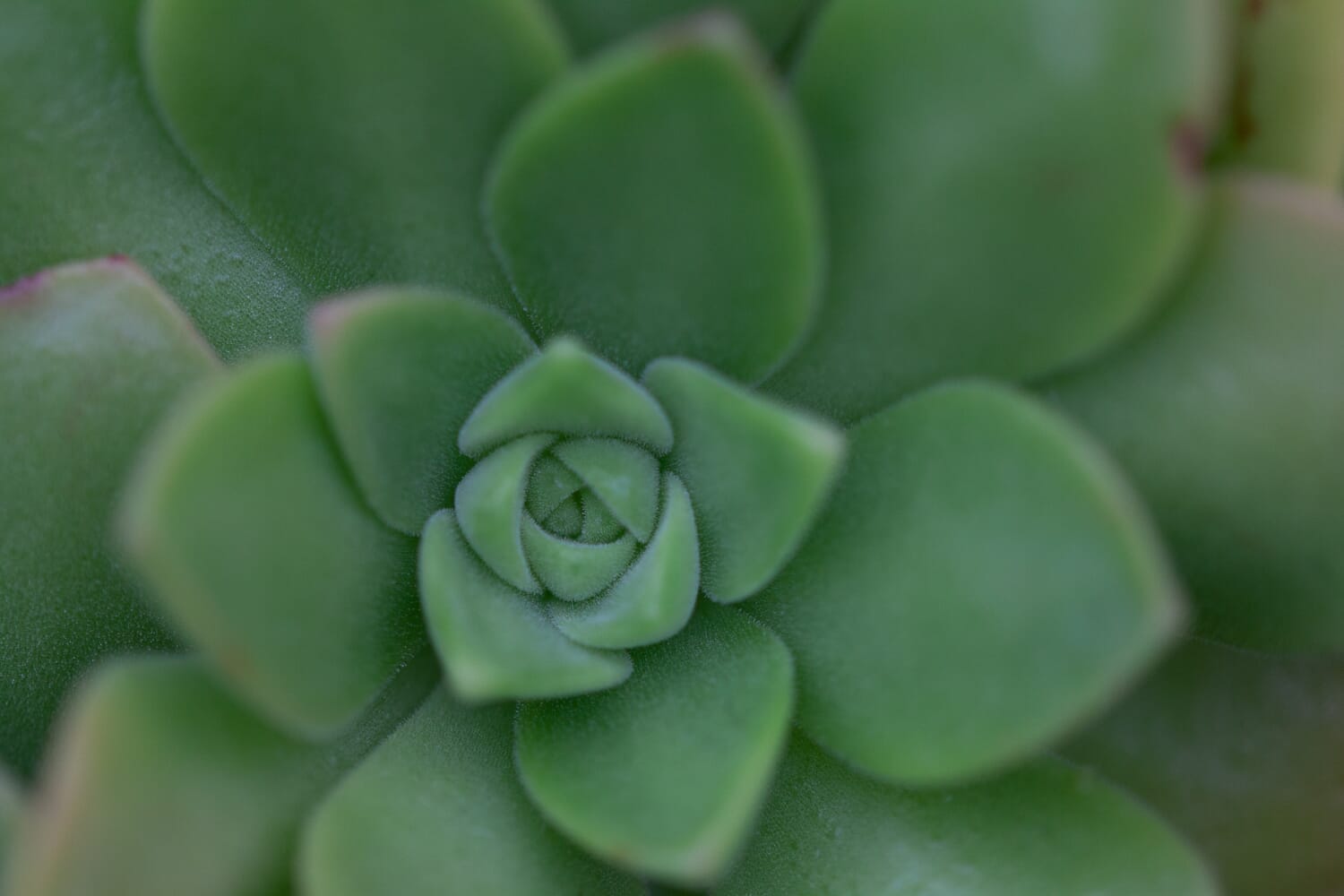
The aperture is basically a hole in your lens. As it gets wider, it lets in more light and gives you correspondingly brighter images. If you haven’t worked with the aperture before, know that it’s represented in terms of f-stops, like this: f/2.8, f/4, f/5.6, f/8, etc.
The smaller the f-number, the wider the aperture and the more light that hits the camera sensor (all else being equal).
When you’re doing indoor photography, I recommend starting with the widest aperture your lens offers. This is usually around f/2.8 to f/5.6, but some lenses will let you widen the aperture further (down to f/1.8, f/1.4, and beyond). That way, your camera’s sensor will take in plenty of light, and you’ll be able to boost your shutter speed without sacrificing the overall brightness (more on this in the next section!).
One thing to bear in mind is that a wide aperture will affect your photos in one other way: You’ll end up with a limited depth of field. In other words, instead of capturing an image that’s sharp from front to back, you’ll get a shot with only a sliver of the scene in focus. Here’s an extreme example:

Fortunately, such an effect can be pleasing. And it’s often a necessary consequence of shooting in low light, so it’s generally best to embrace this shallow depth of field approach whenever possible.
2. Select a Slower Shutter Speed (That’s Fast Enough to Avoid Blur)
As I mentioned above, capturing beautiful indoor photos involves letting in as much light as possible. One easy way to do that is by choosing a wide aperture, but another option is to lengthen your shutter speed. (This is especially handy when your lens doesn’t offer a wide maximum aperture or you don’t like the shallow-focus effect I discussed above.)

You see, a shutter speed of 1s exposes the camera sensor to the light for far longer than a shutter speed of 1/1000s, so a 1s shutter speed will give you a much brighter photo than a 1/1000s shutter speed.
In fact, when photographers shoot in near-darkness at night, they’ll often use shutter speeds of minutes, or even hours, to achieve a bright image.
Now, one way to deal with the need for more light is to just pick the longest shutter speed your camera allows, and select all your other settings afterward. But such a method comes with a big drawback:
The slower your shutter speed, the greater the chance that your camera will shake while the sensor is still exposing the shot, leading to a blurry, unpleasant, ruined image.
So you’ll need to compromise. Instead of selecting the slowest shutter speed your camera allows, you pick a relatively slow shutter speed – but one that still keeps your images sharp. (As mentioned in the previous tip, it’s also helpful to choose a wide aperture. Remember: The wider the aperture, the faster you can make your shutter speed!)
The ideal shutter speed for indoor photography is typically near 1/60s or 1/80s, though it’s different in different situations depending on how steady your hands are, how long your lens is, and how fast your subject is moving.
Note that an easy way to find a starting shutter speed is to use the reciprocal rule, which directs you to take the reciprocal of your lens’s focal length. So if your lens is 50mm, you can safely shoot down to 1/50s, and if your lens is 100mm, you can safely shoot down to 1/100s.
This isn’t a hard and fast rule, but it is a good guideline, and it’s a great way to determine a starting point. From there, you can experiment with slightly higher and lower shutter speeds until you find an option that works for you.
Note that you should also think about keeping your camera steady by stabilizing your body against a wall, using a tripod, or turning on any lens (or camera) image stabilization. That way, you can get a well-exposed image – but one that’s also sufficiently sharp!
3. Choose the Highest ISO You Can Get Away With
Your camera’s ISO is a way of boosting the brightness of your images while leaving your shutter speed and aperture constant. However, while a higher ISO will get you a brighter shot, it’ll also result in a lot of unpleasant noise.
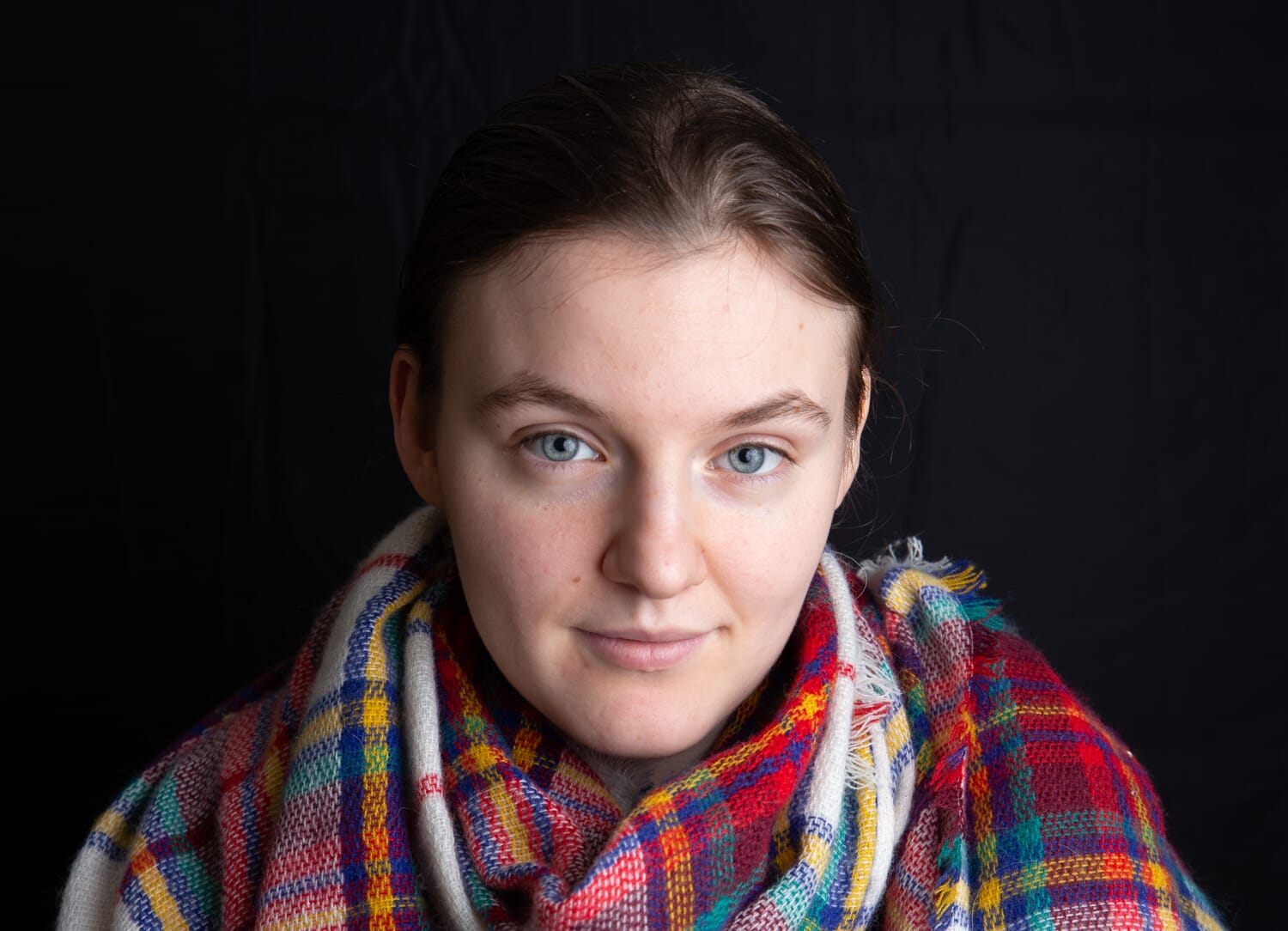
So how do you choose the best ISO, the one that compensates for the darkness of the indoor environment – allowing you to use a faster shutter speed and a narrower aperture as required – but that keeps noise levels to an acceptable level? While there’s no single answer to this question, here’s a great way to determine optimal ISO settings for indoor photography:
First, test your camera at all ISOs. Look at the images on your computer, making sure to zoom in to 100%. Identify the highest ISO value you would be willing to tolerate. And then, whenever you shoot indoors, use that ISO.
Related Posts
That said, you won’t always need a high ISO. If you have a lot of window light or you’re working with a flash, you may be able to capture a well-exposed image with a reasonably fast shutter speed while using a sub-800 ISO.
But if light is limited, you’ll want to push your ISO as high as you feel comfortable with – and then stop. After that point, it’s not worth going higher. It’s better to make adjustments to your shutter speed and risk a blurry image than to use an unacceptable ISO value!
4. Try Using Manual Focus to Get Perfectly Sharp Shots
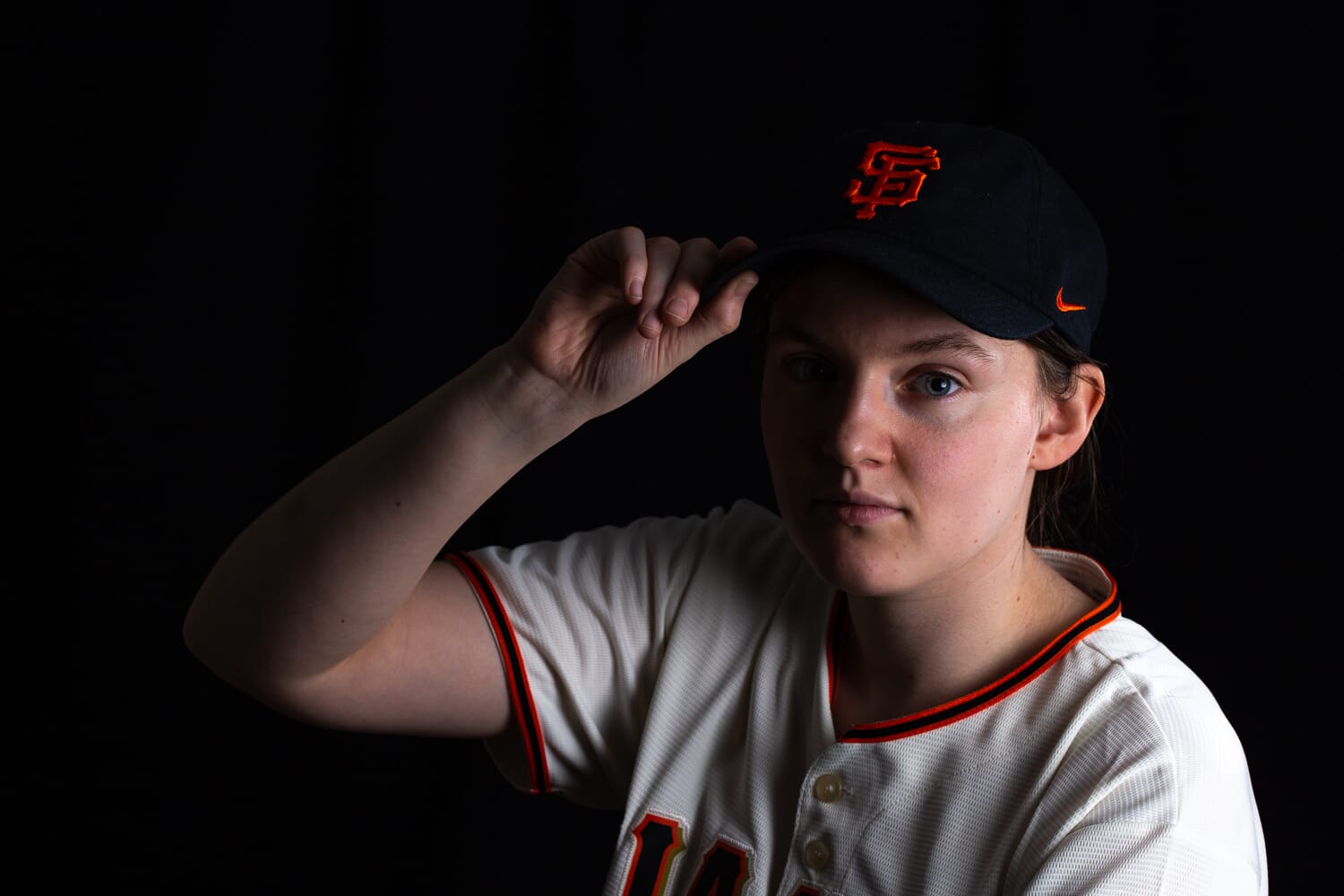
There’s one more key indoor photography setting you’ll want to think about using: manual focus mode.
These days, basically all cameras and lenses offer good autofocusing capabilities. You point your camera, you press the shutter button, and the focus locks on your subject for a sharp image.
However, as the light gets lower, autofocus capabilities decline. Cameras struggle a lot more to nail focus, and this can result in endless hunting for the point of focus or missing the focus completely.
That’s where manual focusing comes in handy! Manual focusing involves little, if any, electronics. Instead, you just turn the ring on your lens – and the plane of focus will shift.
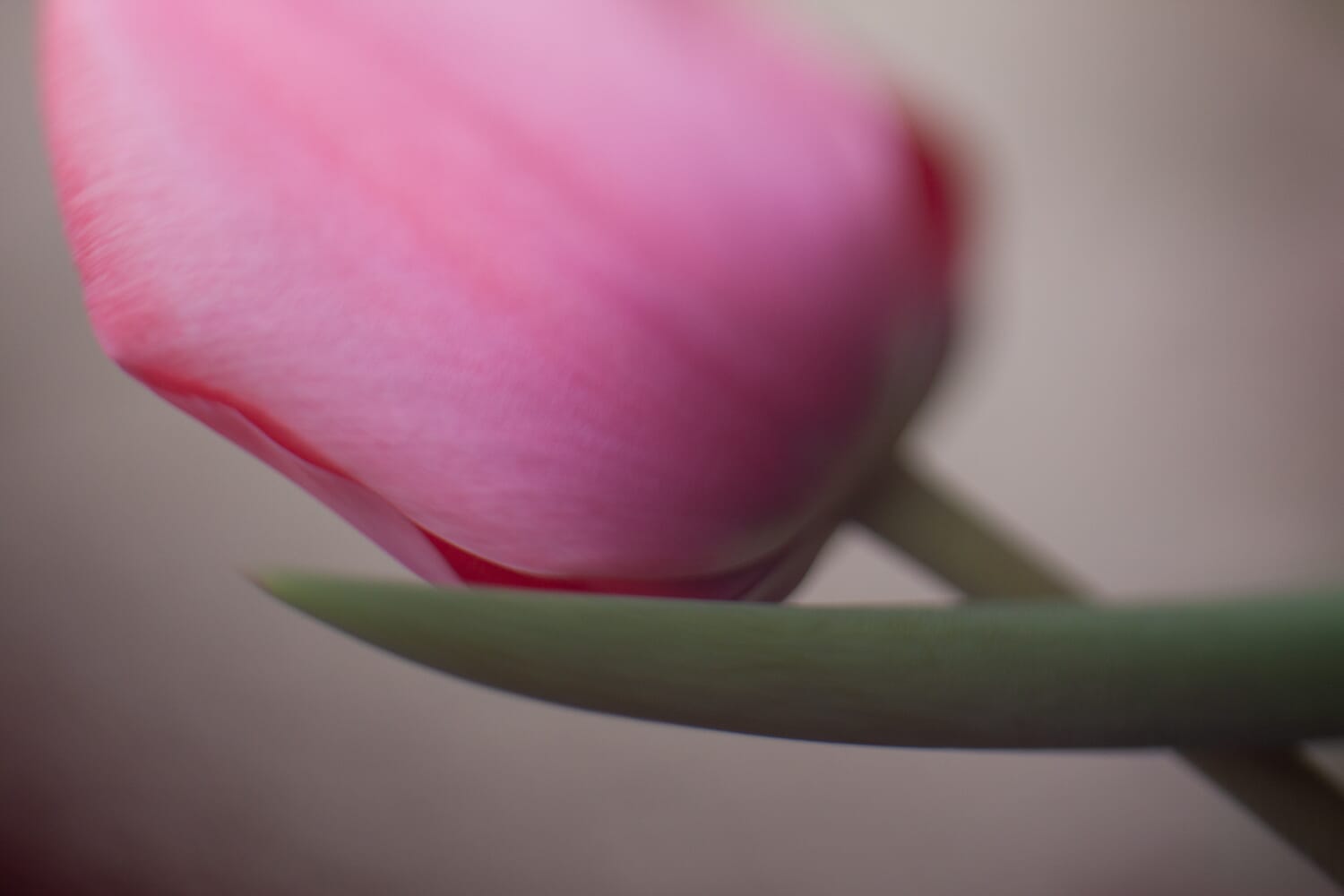
While mastering manual focus can take a bit of practice, if you’re willing to put in the work, it’ll quickly become second nature to you. And once you’ve mastered manual focus, you’ll never struggle to get perfectly focused images when shooting indoors, not even if the light is extremely dim.
Start Taking Great Shots Indoors!
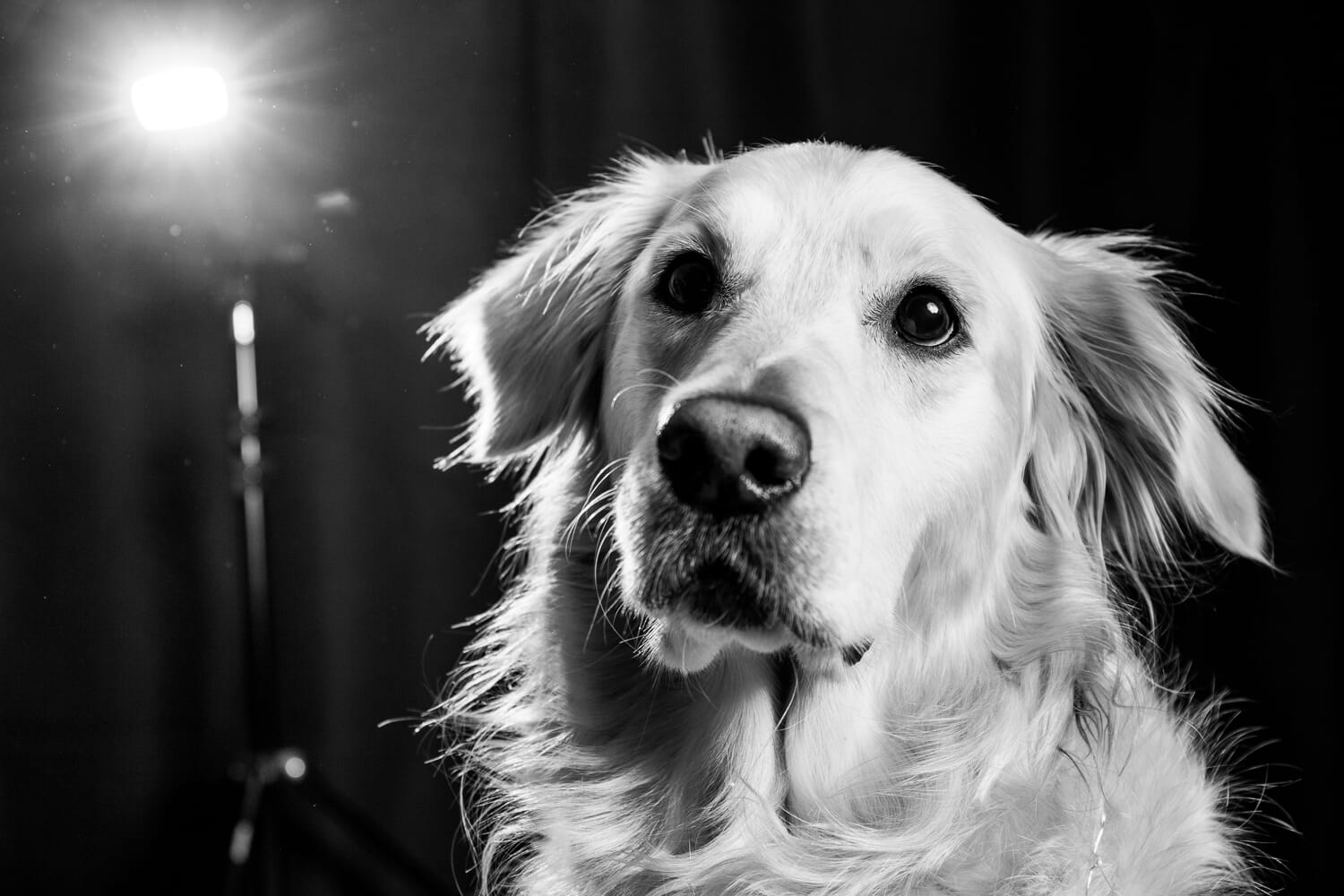
Capturing gorgeous indoor photos may seem tricky, but it doesn’t have to be. And now that you’ve read this article, you know all about the best aperture, shutter speed, ISO, and focusing mode.
So make sure you put this advice to use – and get some stunning shots!
Indoor Camera Settings FAQ
What are the best settings for indoor photography?
You’re going to want to let as much light into your camera as possible, so you should generally use a wide aperture, a relatively slow shutter speed, and the highest ISO you can afford.
What is the best aperture for indoor photography?
I’d recommend widening your aperture as much as possible – to f/4, f/2.8, or greater – to create a bright, sharp exposure.
What is the best shutter speed for indoor photography?
If you’re handholding your camera, then you’re going to want a shutter speed that ensures sharp photos but doesn’t go any higher than necessary. This is frequently around 1/80s, though it changes based on your lens focal length.
